This morning I realized my watch was set for 1 hour behind the actual time. It took me a while to realize what had happened,* but it was a reflection on the amazingly busy/productive/exhausting/exhilarating year it has been. It’s time to wrap up the wrap ups.
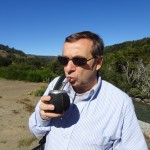 Here on Science Traveler I’ve recapped a year in the writer’s life. Two books written, a few articles for magazines and newsletters, and a ton of blog posts. I also summarized a year in science traveling that included everything from some major capitals of Europe to some alligator-infested National Parks to a prison on an island (no, not Alcatraz, the other one). I also cataloged my 2015 acquisitions of Abraham Lincoln books.
Here on Science Traveler I’ve recapped a year in the writer’s life. Two books written, a few articles for magazines and newsletters, and a ton of blog posts. I also summarized a year in science traveling that included everything from some major capitals of Europe to some alligator-infested National Parks to a prison on an island (no, not Alcatraz, the other one). I also cataloged my 2015 acquisitions of Abraham Lincoln books.
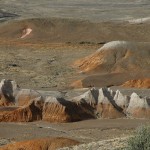 On Hot White Snow I summarized all the books I read in 2015 – all 96 of them…and I recapped what I can confidently say was a very good year.
On Hot White Snow I summarized all the books I read in 2015 – all 96 of them…and I recapped what I can confidently say was a very good year.
On The Dake Page I reviewed the year in climate change, a year in which 2015 blew past 2014 as the hottest year in global temperatures on record. I also laid out the four things you need to know about the recent Paris climate agreement.
 There was a lot more, so click on the blog names above and scroll down to see other articles of interest.
There was a lot more, so click on the blog names above and scroll down to see other articles of interest.
So what does 2016 hold for us all? Check back later for plans and predictions (and big changes to this website)!
Finally, thank you all for participating in this adventure with me. I appreciate your support, your loyalty, and your interest. I’m looking forward to providing more content in 2016 to give each and every one of you a reason to keep coming back.
Happy New Year!
*About the watch thing: I had set the watch back an hour for my trip to New Orleans, which is in the Central Time Zone. I never reset it. Since I work at home (when I’m not on the road), I generally don’t wear the watch at all, relying mostly on the clocks on my computer and smart phone. Only this morning as I sat in Panera did I notice the time was off. 🙂
David J. Kent has been a scientist for thirty-five years, is an avid science traveler, and an independent Abraham Lincoln historian. He is the author of Tesla: The Wizard of Electricity (now in its 5th printing) and two e-books: Nikola Tesla: Renewable Energy Ahead of Its Time and Abraham Lincoln and Nikola Tesla: Connected by Fate. His book on Thomas Edison is due in Barnes and Noble stores in spring 2016.
Follow me by subscribing by email on the home page. And feel free to “Like” my Facebook author’s page and connect on LinkedIn. Share with your friends using the buttons below.



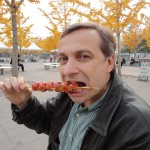 Somehow I managed not to travel anywhere in February, June, and August. But for the other nine months I had at least one out-of-town trip. It was a very good year in Science Traveling. I’ve finished traveling for the year so it’s time for a quick recap.
Somehow I managed not to travel anywhere in February, June, and August. But for the other nine months I had at least one out-of-town trip. It was a very good year in Science Traveling. I’ve finished traveling for the year so it’s time for a quick recap.

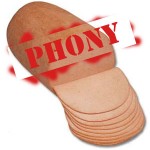 As noted last Friday,
As noted last Friday, 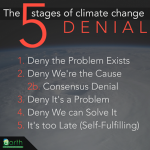 Man-made climate change has been described by scientists and policymakers as one of the greatest challenges of our time. It has also been called a hoax by fossil fuel industry lobbyists and oil-state politicians.
Man-made climate change has been described by scientists and policymakers as one of the greatest challenges of our time. It has also been called a hoax by fossil fuel industry lobbyists and oil-state politicians. 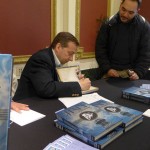 It’s been a busy weekend/week/month/year. On this site I write about Nikola Tesla, Abraham Lincoln, Travel, and Aquariums, but I also write on other sites and I’ll be adding more sites shortly. At the same time I’ll be consolidating. Make sense? Keep watching this space for more information.
It’s been a busy weekend/week/month/year. On this site I write about Nikola Tesla, Abraham Lincoln, Travel, and Aquariums, but I also write on other sites and I’ll be adding more sites shortly. At the same time I’ll be consolidating. Make sense? Keep watching this space for more information.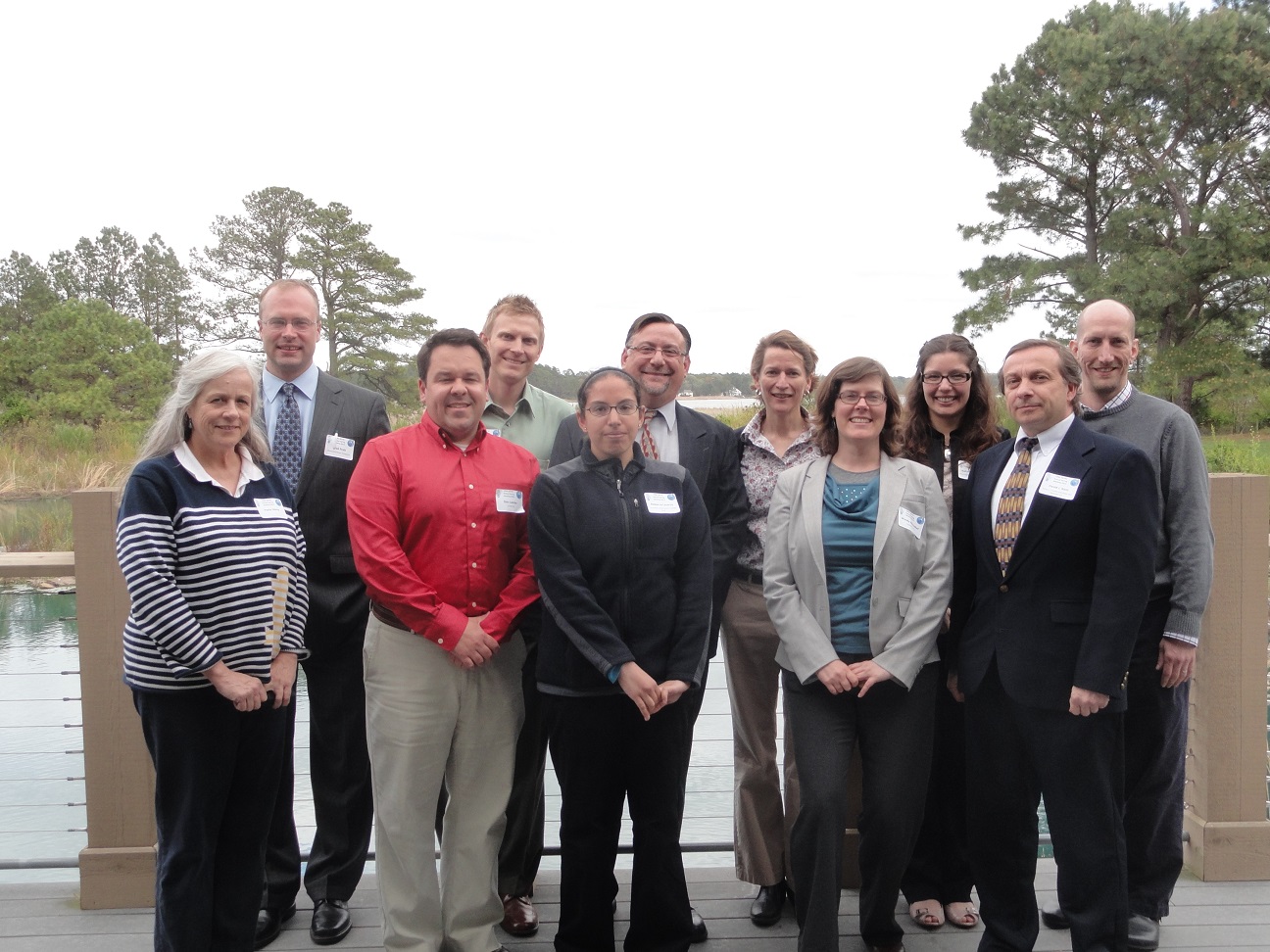

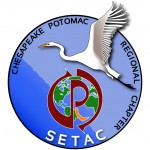 The following is a cross-posting from the Chesapeake-Potomac Regional Chapter of SETAC.
The following is a cross-posting from the Chesapeake-Potomac Regional Chapter of SETAC. 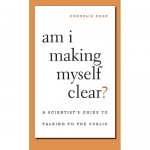 Am I Making Myself Clear? A Scientist’s Guide to Talking to the Public is a much needed book for scientific and non-scientific communities alike. Written by science writer (and former New York Times editor) Cornelia Dean, the book makes the case that scientists need to make “their work more accessible to the media, and thus to the public.” This doesn’t come naturally to most scientists, and so the book gives some practical tips on how scientists can accomplish this goal.
Am I Making Myself Clear? A Scientist’s Guide to Talking to the Public is a much needed book for scientific and non-scientific communities alike. Written by science writer (and former New York Times editor) Cornelia Dean, the book makes the case that scientists need to make “their work more accessible to the media, and thus to the public.” This doesn’t come naturally to most scientists, and so the book gives some practical tips on how scientists can accomplish this goal.






